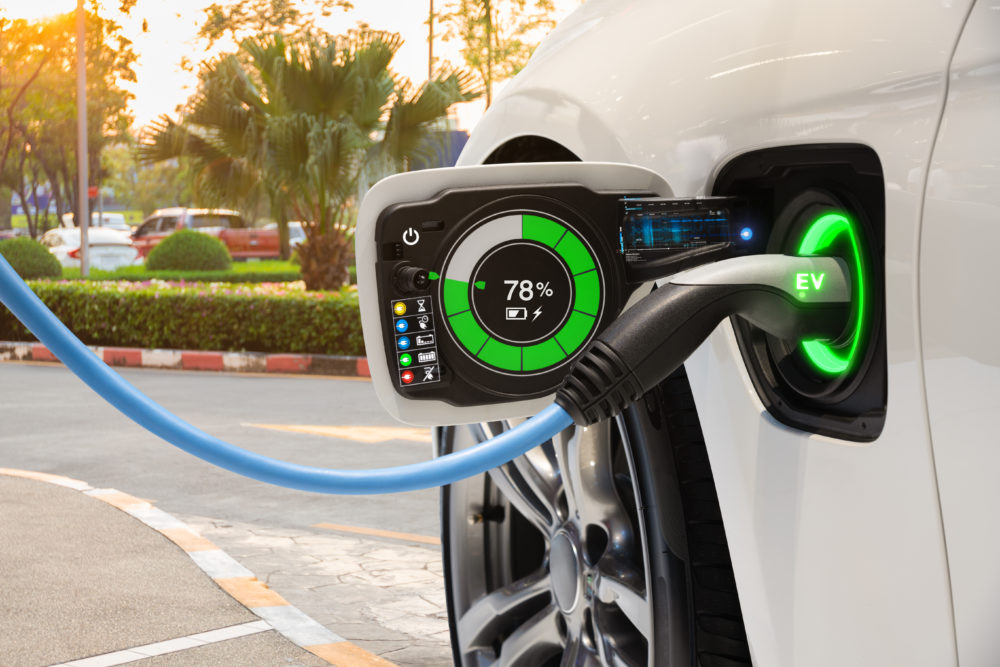RIO DE JANEIRO, BRAZIL – With a record number of vehicles sold in 2021, electric mobility continues to grow in Uruguay, a country where 98% of its energy is generated from renewable sources and has already focused on green hydrogen.
The country is ready to take on new challenges after an investment of US$8 billion from 2010 to date and after completing the first stage of its transformation from the almost total decarbonization of the energy matrix.
ELECTRIC TRANSPORTATION
Currently, electric energy is used by about 600 vehicles that run on streets and roads within Uruguay’s nearly 175,000 square kilometers. Among these are about 35 buses and 100 cabs.

To encourage people to bet more and more on this, the Government offers several measures from the economic point of view to encourage it. The removal of taxes and energy efficiency certificates are some of these.
“Uruguay, compared to the region, has done many things, and I think it is a good kick to continue deepening, but much remains to be done,” says during an interview with Efe, the national director of energy, Fitzgerald Cantero.
Accordingly, he indicates that one of the challenges is to achieve an electrical network of continuous charging chargers throughout the national territory.
“The vast majority of people charge at home, but obviously, you need to have a good public charging network,” he adds.
In December 2017, Uruguay inaugurated the first electric route in Latin America, which linked the city of Colonia del Sacramento (southwest) with Punta del Este (southeast), two of the most visited by tourists during the southern summer.
Currently, there are some 140 charging points, the vast majority of which are alternating current, while seven are direct current, which is expected to increase in the coming months, Cantero said.
But beyond this, the director of energy puts the focus even further and assures that the Southern Cone must have an electric route linking the Atlantic with the Pacific so that people can move around the region with their electric vehicles without any problems.
ANY DOUBTS?
Faced with some people’s doubts when thinking about an electric vehicle, Rodrigo Zorrilla de San Martín, vice president of the Uruguayan Association of Renewable Energies (Auder), assures Efe that, technologically, these “have improved a lot.”
“The autonomy has improved a lot, and the price has improved significantly. Then, what has happened in recent years, is that the different brands have begun to bring models,” he stresses.
He also points out that the experience of cabs and buses helped encourage many people to try private electric vehicles.
“Many people’s first fear was that the car would go out on the street and the battery would stop working. That hasn’t happened. It’s not like a lot of people think batteries are short-lived. They last; they have enough cycles,” he says.
Regarding another fear of users, the repairs in case they are damaged, Cantero says that, in addition to the fact that there are already courses, Uruguay is about to obtain funds from the Inter-American Development Bank (IDB) to generate a training center in electric mobility.
GREEN HYDROGEN
Considered by the Ministry of Industry, Energy, and Mining as a pivotal link to completing the second energy transition in the country, green hydrogen appears as another option when talking about mobility.
It contributes to the decarbonization of heavy and long-distance maritime and air transport. It also contributes to the decarbonization of industry, electric power, the residential sector, and the production of various raw materials.
There is currently a call for research, innovation, and training projects based on this type of energy in the South American country, to which international companies will apply.
It will be the first step for a country thinking about both domestic consumption and exports.
In this way, Uruguay, recognized in 2020 by the World Economic Forum as the most advanced American nation in the electric energy sector, looks ahead and continues to seek carbon neutrality by 2050.
With information from EFE

